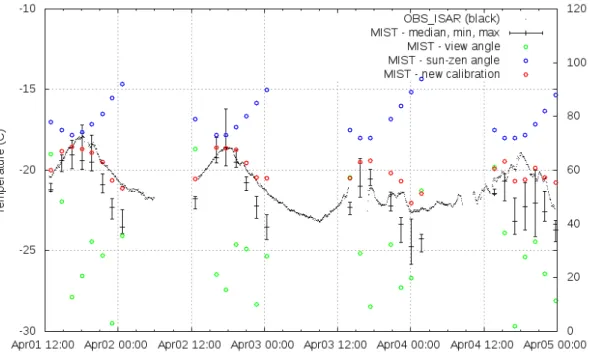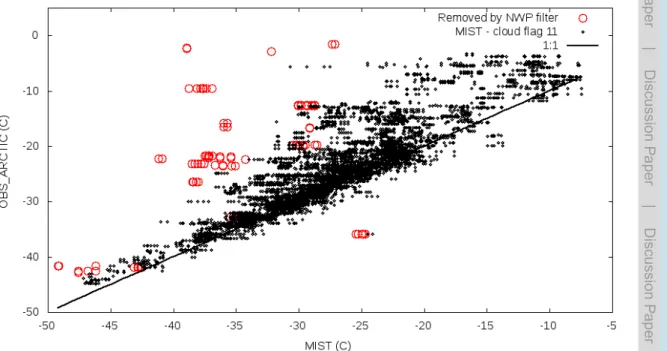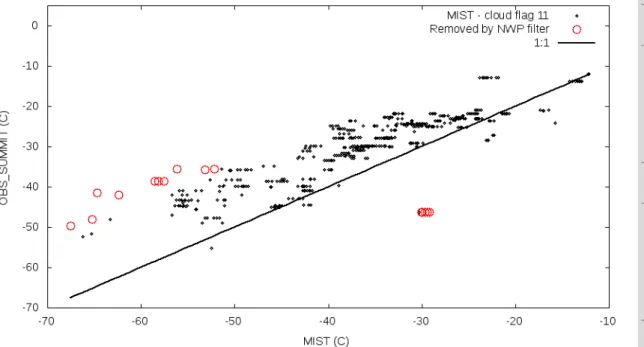Arctic surface temperatures from Metop AVHRR compared to in situ ocean and land data
Texto
Imagem
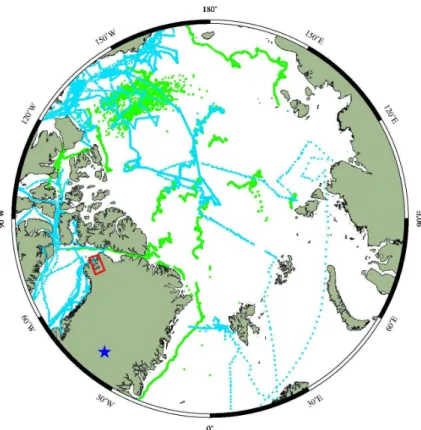
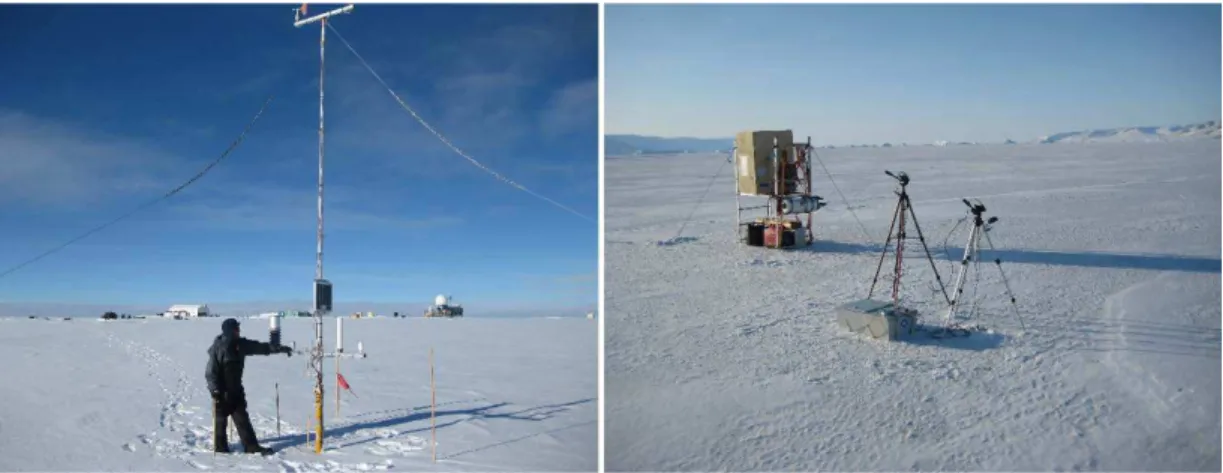


Documentos relacionados
Ice nucleation active surface site (INAS) densities were calculated to quantify the ice nucleation efficiency as a function of temperature, humidity and the aerosol surface
For this purpose, we trained the ANN model using MODIS atmospheric profile product of air temperature, dew point temperature, solar zenith angle and land
Impacts of sea-ice reduction on the future projection of pH and aragonite saturation values in the Arctic surface waters have been investigated by comparing the rates of
soil moisture, soil temperature, net radiation and heat fluxes (latent, sensible and ground heat fluxes) at land surface. Temperature and moisture of the surface 2.5 cm soil
conditions, it was decided to implement both the Pliocene topography and initial sea surface temperatures (SST) (from Experiment 1) and SST and deep ocean temperatures (from
We demonstrate, however, that changes in the sea surface temperature (SST) gradient and mid-latitude eddies are instrumental in creat- ing a similar deep vertical temperature
In this study, we use cli- mate scenarios from RCP 8.5 to examine the combined ef- fects of rising ocean acidity and sea surface temperature (SST) on both secondary calcification
Here, we investigate the relationship between climatic parameters [rainfall, temperature, humidity, sea surface temperature (SST), El Nin˜o-Southern Oscillation (ENSO), the

